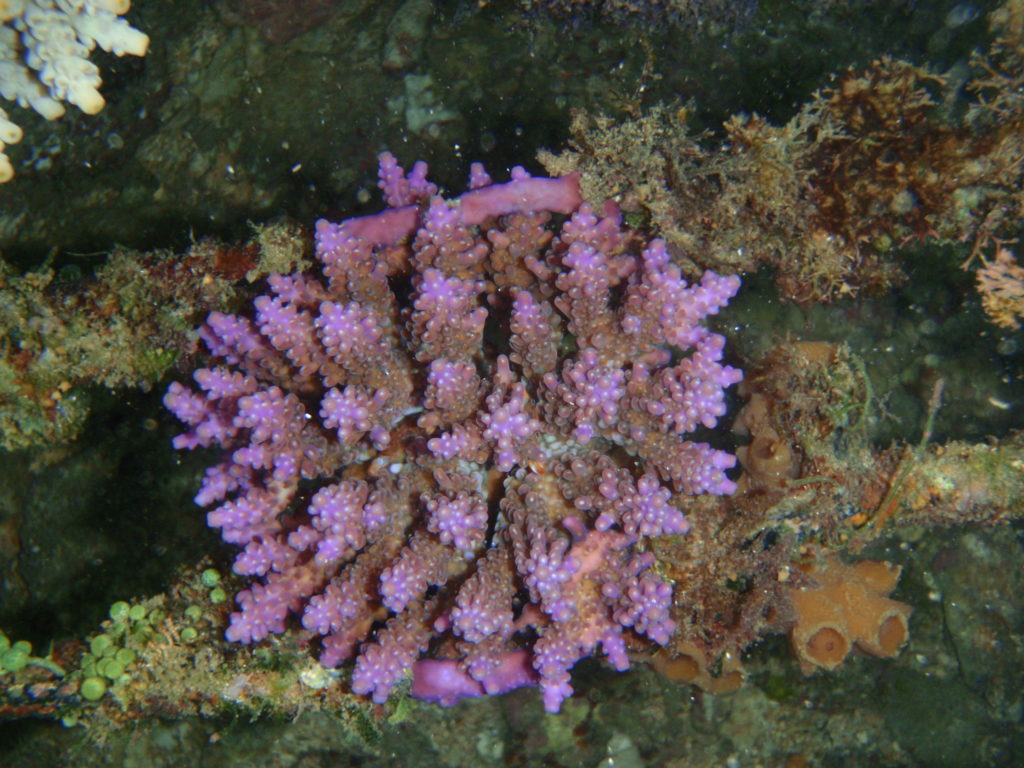When we talk about looming danger and the coral reef the picture of a fearless barracuda comes to mind, or the elegant reef shark patrolling his territory. But there are actual dangers to coral reefs that are less visible or obvious. We talked about Global climate change and a rise in water temperature that lead to coral bleaching and can actually slow down the growth of new coral significantly. Such phenomenon had been observed at the great barrier reef. Even slight temperature changes can affect the grow rate of fast growing coral species reported the Australian Institute of Marine Science (AIMS). The study talks about the process of coral bleaching and subsequent coral dying in combination of a reduced growth process that further weakens the ecosystem in exposed reefs. The temperature is one factor that can endanger the diversity of the reef ecosystem. Another factor is the clarity of the water. How good can sunlight penetrate the water and how much sunlight can reach the reef. The University of Penn State looked at the water quality and the factor of how much sunlight reaches the coral in different depths and found a correlation between light penetration and biodiversity. They modeled their findings against data from different reefs worldwide and found that water clarity affects reef recovery and diversity. Some coral species have a symbiotic relationship with algae that lives within the coral. The algae gives needed nutrients to the coral and light plays a large part in energy production levels.
So the pollution caused by humans interaction can affect Coral reefs in different ways. Unmitigated algae growth on the reef can be as bad as cloudy water. But even harmless sounding processes can have a big impact on marine life. Due to scarcity of freshwater in many areas of the world, desalination plants are growing exponentially. Those industrial plants take seawater and extract freshwater from it and return a saline saturated liquid called brine back to the ocean. When done close to shore or in waters with little current the salinity can increase considerably. In waters like the Mediterranean or the red sea that effect can make water saltier and can have real impact on the various ecosystems like seagrass beds, mudflats, mangroves and coral reefs. Most coral will die if salinity levels are raised much above the natural occurring fluctuations.
There are many looming dangers floating above the coral reef. There are some that have a ferocious appearances. Others are invisible and don’t carry a mouthful of scary teeth. We recognize that these dangers affect reefs as much as aquaculture enterprises like our ocean based coral farm. Life coral are fragile wondrous things. They tell us if our oceans are healthy. They warn us and let us know if invisible danger is out there to cause harm. All what we have to do is to pay close attention.


